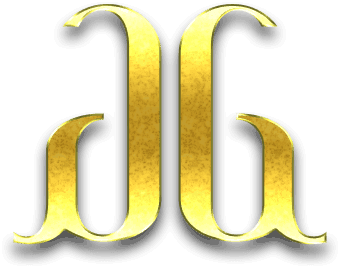How to View a Rhinoplasty Photo Gallery
Rhinoplasty is perhaps the most exacting, challenging, and refined plastic surgery procedure that exists. The best way to evaluate a surgeon’s results and quality of work is to view a patient’s outcomes in person, and the second best is to see video and/or before after photos. It is very important for prospective patients to understand and become educated on how to best evaluate a plastic surgeon’s work through his/her gallery. In addition, some practices have a professional photo room with umbrellas and perfect lighting like in a photo studio. This is good and bad. It is good in that there is less variability in the photos, but it may be bad because it gives a false impression of how your nose may look in the real world when lighting varies. Use your overall judgment since there is no perfect photo gallery method.
Below is a list of important points to consider when judging your rhinoplasty surgeon’s skills.
CONSIDERATIONS WHEN VIEWING BEFORE AFTER PHOTO GALLERIES
- There should be no tampering or alterations made to any photos in any way, via “photoshop” or any other method, once a photo has been taken. If lighting adjustments (too bright and overexposed which camouflage the nose details) or other enhancements are made to a photo, then it will interfere with the true results. Unfortunately, technology has made it difficult for a true rhinoplasty artist and surgeon to be differentiated from the less skilled surgeons. If you are skeptical, you can ask to view the original photo file. Use your instincts and select a rhinoplasty surgeon who has respect among his/her colleagues by using the guidelines listed here.
- The photo gallery should show multiple views for each and every patient. We talk to and interact with other people by looking at them from either the front facing view or slightly turned. The front facing view is the most important and most difficult view in rhinoplasty to perfect, and is a testament to your surgeon’s true rhinoplasty skills.
- Make sure that a wide variety of patients and nose types are shown. There should be a good amount of thin skinned, thick skinned, wide, narrow, large hump, flat bridge, big nostrils, tight nostrils, etc. shown. This will give you a good idea of how experienced your surgeon is.
- A wide variety of ethnicities should be shown. The chances of having a good result are higher if your surgeon displays aesthetically pleasing results for numerous ethnicities. This shows a large skill set.
- Makeup. Many patients, especially after plastic surgery, want to come in looking their best when taking “after” pictures. In addition, for various reasons, “before” photos may have been taken at a time when the patient had no makeup, a different haircut, more or less of a tan, a different camera used, and so on. Not all variables are fully controllable in a busy office environment. If there is a different haircut, more makeup, etc., in some views, then it is best to try to look closely at just the nose. You may want to cut out a square on a piece of paper and block out the rest of the face when viewing, or zoom in on the nose to see the details. Dr. Ghavami and his staff make every effort to avoid discrepancies in overall appearances.
- The lighting should not be so bright or “washed out” (similar to glamour shots taken in the mall where there is a whitish glow and details are not clearly shown) that you cannot see the details in the nose.
- At least a few rhinoplasty videos should be present so that live and animated nasal views can also be seen. Video production can be costly and may not be present on all websites, but when available can give another perspective of your surgeon’s surgical abilities.









